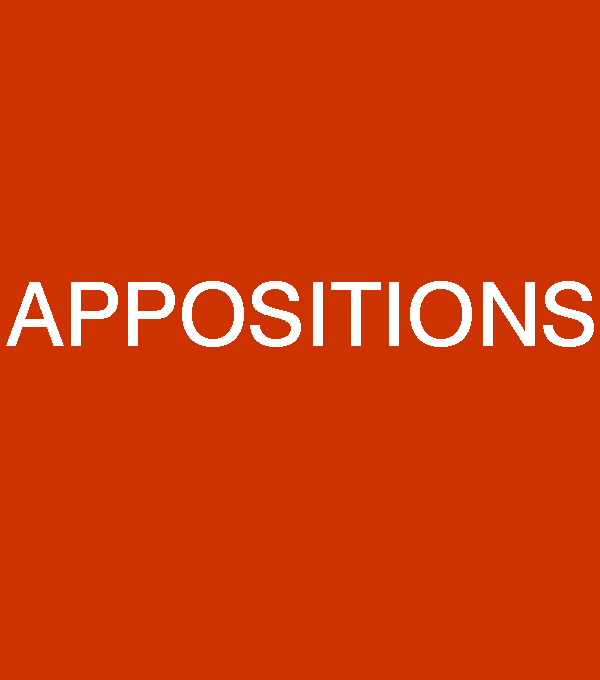| |
Richard Mique was a pupil of Jacques Francois Blondel, in Paris. In 1762 he was made chief engineer of the bridges and roads of Lorraine and Barrois. In 1766 Mique went to Paris, and was appointed contrôleur general of the buildings and gardens of the queen, Marie Antoinette. In 1785 he was appointed premier architecte of Louis XVI. During the French Revolution Mique was suspected of conspiring to liberate the queen. He was condemned, and executed July 8, 1794.
"Dichotomy is the unavoidable means to architectural effect. It has, of course, many embodiments, a sense of growth and a sense of thrust, for instance, heaviness and lightness, sheerness and recession or projection, rectangularity and rotundity, lit surfaces and shadowed surfaces, a thematic contrast between two principle textures, that is to say, between smooth and rough. I take this last to symbolize all, because it best marks the 'bite' of architectural pleasure upon the memory: the dichotomy that permeates our final impression."
--Stokes
The pattern of reenactment at Las Vegas starts with the artificial oasis manifest by Hoover Dam--a man-made reenactment of a natural lake engendered the man-made reenactment of a natural oasis. Big reenactment and big artificiality are integral to Las Vegas from its origin.
An interesting inversion of Bentham's Panopticon design, is Eastern State Penitentiary, Philadelphia (c. 1828, slightly post Bentham's Panopticon ideas/drawings). Eastern State is often hailed as the first modern prison. It's original radial cell block design accommodated many rows of individual cells where inmates were held in solitary confinement to commune with God (according to Quaker principles). Each cell had a small oculus in its vault ceiling for natural light, indoor plumbing (unlike most houses at that time), and an outdoor courtyard for daily, although still completely private, exercise. Meals were delivered to the inmates via a slot in the cell door.
The solitary confinement "experiment" failed miserably, and Eastern State soon became just like all the other prisons we know today. Seems that even when it is only God watching, it still doesn't do much good.
One could say that Freud created a whole other kind of human surveillance. I for long have thought that what really bothered Freud was knowing that his mother was not still a virgin after Freud was born. Had she remained post-natally virginal, Freud would surely have been the true Jewish Messiah. Alas, Freud never did know his mother as a virgin, so he played Almighty creator instead by dividing man into three parts, ego, id, and super-ego, just like the Christian God, Freud's real nemesis, is divided into three persons.
Inspiration for the above idea came about 20 years ago when I read an essay by Schorske in the book Fin-De-Siecle Vienna. (I don't have the book anymore because a drunk, sleepwalking friend of mine took a middle of the night piss on it back in 1987. I'm not kidding, and the next sentence will tell you why I want you to believe I'm not kidding.) The essay focused on a particular/peculiar relationship between Freud and his father--I remember something about Freud having a recurring dream where he is holding up a urinal for his father to pee in. After reading several pages of father-son, father-son, father-son, I found myself asking, "So where is the Holy Ghost?" That's when it hit that there was no Holy Ghost in Freud. My first instinct was to try and figure out how to make some good intellectual joke out of all this, and in that process is where I came up with the post-natal-virginity-envy idea. A few years later I read "Italian Freud" in October 28, within which I learned of Freud visceral 'fear' of Rome when he first went gen Italia, to Italy that it. It's only when I remember stories like this that I kind of wish I was young again.
| |
1906.07.08 birth of Philip Johnson
2003.07.08 death of Ladan and Laleh Bijani
"Thus, each project of Le Corbusier's is ideologically charged while each of Johnson's seems an attack on the very idea of ideology, an essay in style."
--Robert Stern, "The Evolution of Philip Johnson's Glass House, 1947-1948" in Oppositions 10.
Maybe the twin couples are going to publish a new journal on architecture entitled Appositions.
Were ideology and style once Siamese twins?
 As to discerning the 'meaning' of the Ichnographia, it is necessary to first reveal and display what Piranesi actually did, and then, only after that, attempt interpretation(s) as to what it all might mean.
As to discerning the 'meaning' of the Ichnographia, it is necessary to first reveal and display what Piranesi actually did, and then, only after that, attempt interpretation(s) as to what it all might mean.
| |
|
 As to discerning the 'meaning' of the Ichnographia, it is necessary to first reveal and display what Piranesi actually did, and then, only after that, attempt interpretation(s) as to what it all might mean.
As to discerning the 'meaning' of the Ichnographia, it is necessary to first reveal and display what Piranesi actually did, and then, only after that, attempt interpretation(s) as to what it all might mean.